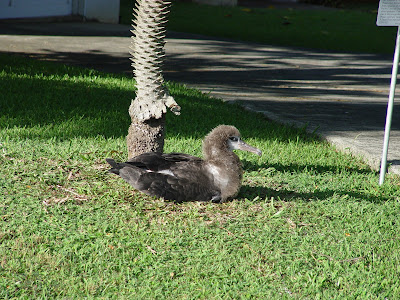In this final episode of Season 4, Mark, Sarah, and James finally critiqued Darwin's analysis of secondary sexual characteristics in humans and his clumsy attempt to apply his model of sexual selection in explaining the diversity of forms in what Darwin called "races" and we call geographically distinct phenotypes (GDPs). We found that Chapters 19 & 20 of Descent of Man distilled and concentrated Darwin's most ethnocentric and sexist observations and pseudo-scientific explanations concerning the differences between the sexes and GDPs.
Sarah made the argument that human sexual dimorphism, differences in size and body form of males versus females, is the smallest of all seen in extant primates. Sarah questioned why Darwin tried to assign those slight differences to sexual selection. James made the argument that there are two categories of traits that Darwin was discussing. James referred to the physical traits, like hair color, skin color, height, facial shape, etc. are intrinsic traits you inherit genetically. Humans also exhibit extrinsic traits, hair styles, piercings, tattoos, clothing, etc. which you inherit culturally.
Mark explained the complexity of beauty and why attraction and beauty are two different issues. We explored how specific standards of beauty are locally determined and how how diverse they can be across the globe. Both James and Sarah independently concluded that Darwin's model of sexual selection was not sufficient in explaining the creation of the great diversity of human forms seen between the geographically distinct phenotypes around the world. Sarah invoked founder effects and genetic drift, non selective processes, in creating genetically distinct populations that were then acted upon by local selective pressures, both from the environment and within the social group. It is through those processes Sarah thought created the geographically distinct phenotypes, and not through sexual selection. James agreed and thought that selection at the group level, where everyone in the social group, enforced phenotypic norms on others through infanticide and cultural practices of shunning or killing undesirables created the diversity of forms seen among the GDPs. Sarah and James' models do not require the extreme level of sexual selection and polygyny required in Darwin's model to shift the phenotype of the entire population. Also, the social cohesion model of selection can allow for rapid shifts in the phenotype as the entire social group enforces the phenotypic norms instead of just the mating male and who he selects to mate with.
The opening theme to Discovering Darwin is "May" by Jared C. Balogh. http://freemusicarchive.org/music/Balogh/Revitalized_Eyes/MAY
Interlude music
You are so beautiful - Joe Cocker (1974)
I'm too sexy - Right Said Fred (1992)















